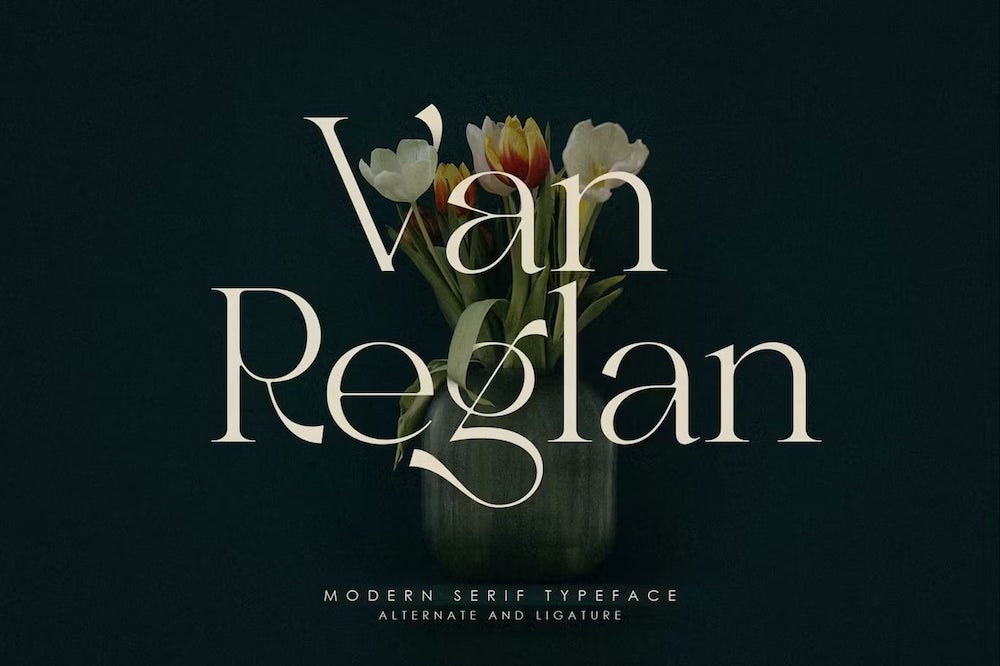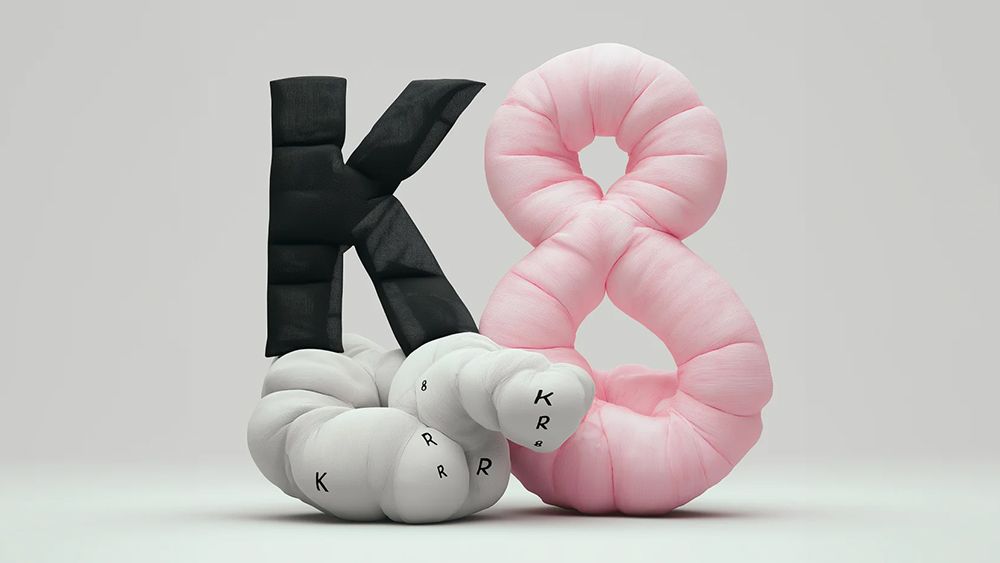Typography Trends in Digital Design 2025: A Glimpse into the Future of Typography
As we look ahead to 2025, the world of digital design is set to undergo a revolution in typography trends. From innovative techniques to responsive design, the landscape is evolving rapidly. Let's explore the key trends that will shape the future of typography in digital design.
In this discussion, we will delve into the upcoming typography trends, compare them with current practices, and examine how typography has transformed over the years.
Typography Trends in Digital Design 2025
Typography plays a crucial role in digital design, setting the tone and enhancing the overall user experience. As we look ahead to 2025, several key typography trends are expected to dominate the digital design landscape, shaping the way we interact with content online.
Let's explore these upcoming trends and how they compare to current typography practices.
Variable Fonts for Dynamic Typography
Variable fonts are expected to revolutionize the way typography is used in digital design. These fonts allow for greater flexibility and customization, enabling designers to adjust various aspects such as weight, width, and slant within a single font file. This trend will provide more creative freedom and efficiency in designing responsive websites and applications.
Experimental Typography for Unique Branding
In 2025, we anticipate an increase in the use of experimental typography to create unique branding experiences. Designers will push boundaries by incorporating unconventional typefaces, layouts, and effects to differentiate brands in a crowded digital space. This trend will focus on capturing attention and conveying brand personality through bold typographic choices.
Augmented Reality (AR) Typography Integration
With the rise of AR technology, typography is set to become an integral part of immersive digital experiences. In 2025, we can expect to see more innovative applications of AR typography, where text interacts dynamically with the user's environment. This trend will blur the lines between physical and digital typography, opening up new possibilities for storytelling and engagement.
Minimalistic and Clean Typography Designs
While experimental typography will thrive, minimalist and clean typography designs will also remain popular in 2025. The focus on simplicity, readability, and visual hierarchy will continue to guide designers in creating elegant and user-friendly interfaces. This trend highlights the timeless appeal of understated typography in a fast-paced digital world.
Evolution of Responsive Typography
Responsive typography has evolved over the years to adapt to various screen sizes and devices. In 2025, we can expect further advancements in responsive typography techniques, ensuring seamless readability and aesthetics across all platforms. This trend emphasizes the importance of fluid typography that adjusts gracefully to different viewing contexts.
Inclusive Typography Practices
Inclusivity in typography will be a key focus in 2025, with designers paying more attention to accessibility and diversity in type design. This trend will promote the use of typefaces that cater to a wide range of audiences, including those with visual impairments or different reading preferences.
Designers will strive to create inclusive digital experiences through thoughtful typographic choices.
Innovative Typography Techniques
Typography in digital design is constantly evolving, with new techniques emerging to enhance the user experience and engagement. By 2025, we can expect to see a variety of innovative typography techniques that will shape the way designers create content for digital platforms.
Variable Fonts for Dynamic Typography
Variable fonts are a game-changer in typography, allowing designers to create dynamic and responsive text that adapts to different screen sizes and resolutions. These fonts enable the adjustment of weight, width, and other attributes in real-time, providing more flexibility and creativity in typography design.
- Tools and Software:
- Adobe Illustrator: Offers support for variable fonts and allows designers to manipulate font variations effectively.
- Fontself: A plugin for Adobe Illustrator that enables designers to create custom fonts and variable font styles.
- Axis-Praxis: An online tool for exploring variable font capabilities and experimenting with different font variations.
Kinetic Typography for Engaging Content
Kinetic typography involves the animation of text to create visually appealing and engaging content. By animating text elements, designers can convey information in a more dynamic and interactive manner, capturing the audience's attention and enhancing user engagement.
- Tools and Software:
- After Effects: A powerful tool for creating kinetic typography animations with various effects and transitions.
- CSS Animation: Utilizing CSS animations to create simple kinetic typography effects directly on web pages.
- GreenSock Animation Platform (GSAP): A JavaScript library for creating advanced animations, including kinetic typography effects.
Responsive Typography Design

Responsive typography design plays a crucial role in the digital landscape, ensuring that text content is easily readable and aesthetically pleasing across various devices and screen sizes. As more people access websites on smartphones, tablets, laptops, and desktops, it is essential for typography to adapt and respond to different viewing contexts.
Importance of Responsive Typography Design
Responsive typography design is important for maintaining readability and user experience on different devices
- Use relative units like percentages or ems instead of fixed pixel sizes to ensure text scales appropriately on different devices.
- Implement media queries to adjust typography styles based on screen width, ensuring optimal readability and aesthetics across various breakpoints.
- Consider the hierarchy of text elements and prioritize content based on importance, adjusting font sizes and weights accordingly for different screen sizes.
Best Practices for Implementing Responsive Typography
- Choose a font stack that includes web-safe fonts and fallback options to ensure consistency across devices.
- Optimize line lengths for improved readability, balancing between too short (fragmented text) and too long (difficult to track lines).
- Test typography styles on different devices and screen sizes to ensure a seamless reading experience for all users.
Case Studies of Websites with Exemplary Responsive Typography Design
- Website A: Utilizes fluid typography and media queries to adjust font sizes and spacing based on screen size, ensuring readability on all devices.
- Website B: Implements a modular scale for typography, creating harmonious and consistent text styles across various breakpoints.
- Website C: Prioritizes content hierarchy through responsive typography, enhancing user engagement and accessibility across different viewing contexts.
Experimental Typography in Digital Design

Experimental typography pushes the boundaries of traditional design by exploring unconventional fonts, layouts, and styles to create unique and engaging visual experiences. In the digital realm, this approach can captivate audiences, evoke emotions, and convey messages in innovative ways. Let's explore how experimental typography is shaping the future of digital design.
Impact on Digital Design
Experimental typography challenges the norms of typography, allowing designers to break free from traditional constraints and unleash their creativity. By incorporating unexpected typographic elements, such as distorted letterforms, overlapping text, or dynamic animations, designers can create visually striking compositions that capture attention and leave a lasting impression on users.
- Unconventional Fonts: Experimenting with rare or custom fonts can add a unique touch to a design, making it stand out from the crowd.
- Interactive Typography: Incorporating interactive elements into typography, like hover effects or scrolling animations, can enhance user engagement and create a memorable user experience.
- Typography as Art: Treating typography as a form of art allows designers to create visually stunning compositions that blur the line between design and art.
Successful Implementation
Many projects have successfully integrated experimental typography to create impactful designs that resonate with audiences. For example, the "36 Days of Type" challenge on social media platforms showcases designers' creativity by exploring different typographic styles each day for 36 days.
This project not only demonstrates the versatility of typography but also inspires others to push the boundaries of design.
Balance between usability and creativity is essential when using experimental typography. Designers must ensure that the text remains legible and accessible to users while still delivering a visually compelling experience.
Usability vs. Creativity
Finding the right balance between usability and creativity is crucial when incorporating experimental typography in digital design. While creativity can enhance the visual appeal of a design, usability ensures that the message is effectively communicated to the audience. Designers must consider factors such as readability, accessibility, and user experience to create a harmonious blend of creativity and functionality in their typographic choices.
Concluding Remarks

In conclusion, Typography trends in digital design 2025 offer a glimpse into the exciting possibilities that lie ahead. From experimental typography to responsive design, the future is bright and full of creative opportunities for designers. Stay tuned for the typography revolution that awaits in the digital realm.
Key Questions Answered
What are some key typography trends expected in 2025?
Some key typography trends expected in 2025 include variable fonts, 3D typography, and kinetic typography.
How can innovative typography techniques enhance user experience?
Innovative typography techniques can enhance user experience by making content more engaging, visually appealing, and easier to read.
Why is responsive typography design important?
Responsive typography design is crucial for ensuring that text adapts seamlessly to different devices and screen sizes, providing a consistent user experience.
What is experimental typography in digital design?
Experimental typography in digital design involves pushing the boundaries of traditional typography to create unique and unconventional designs that challenge norms.




